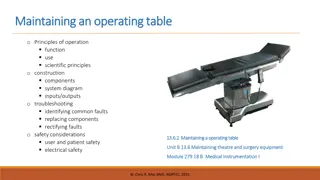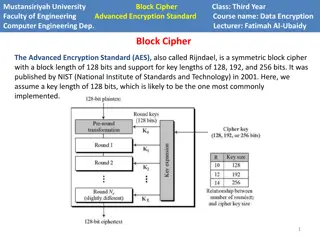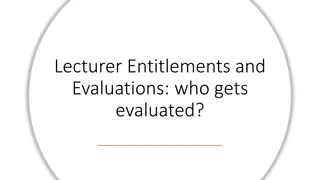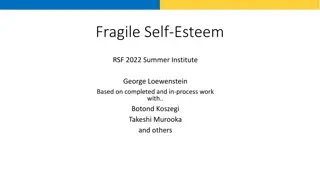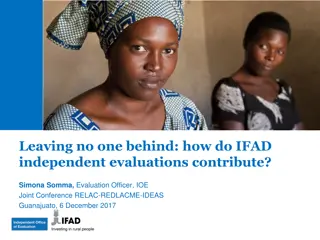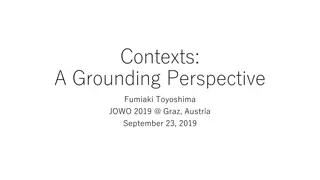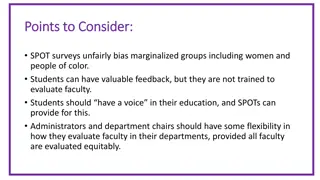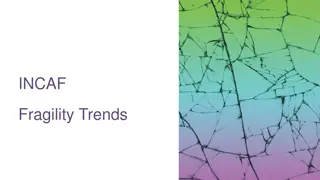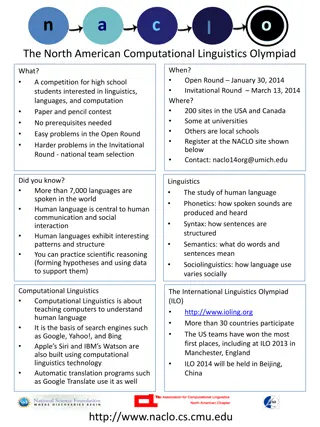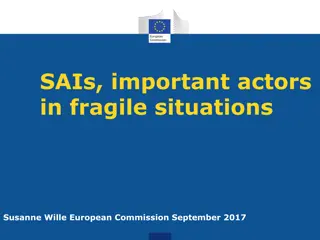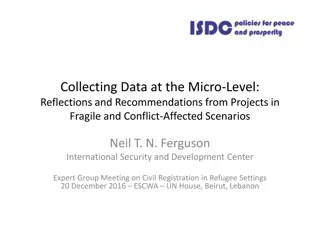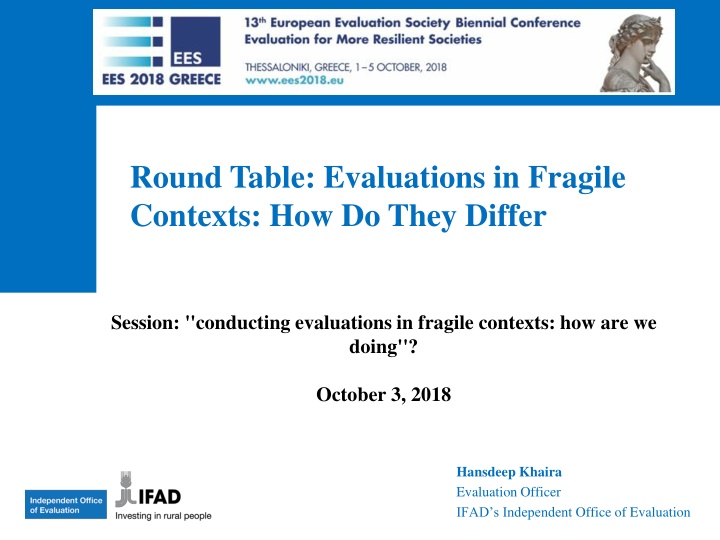
Evaluating Programs in Fragile Contexts: Challenges and Solutions
Explore the complexities of evaluating programs in fragile contexts, understanding the unique challenges faced, and identifying potential solutions to improve effectiveness and sustainability. Discover the implications of fragility in development work and how evaluators can adapt their frameworks for more accurate assessments.
Download Presentation

Please find below an Image/Link to download the presentation.
The content on the website is provided AS IS for your information and personal use only. It may not be sold, licensed, or shared on other websites without obtaining consent from the author. If you encounter any issues during the download, it is possible that the publisher has removed the file from their server.
You are allowed to download the files provided on this website for personal or commercial use, subject to the condition that they are used lawfully. All files are the property of their respective owners.
The content on the website is provided AS IS for your information and personal use only. It may not be sold, licensed, or shared on other websites without obtaining consent from the author.
E N D
Presentation Transcript
Round Table: Evaluations in Fragile Contexts: How Do They Differ Session: ''conducting evaluations in fragile contexts: how are we doing''? October 3, 2018 Hansdeep Khaira Evaluation Officer IFAD s Independent Office of Evaluation
Fragility in numbers Currently, about 1.8 billion people live in fragile contexts, but this figure is projected to grow to 2.3 billion by 2030. Upwards of 620 million people, or 80% of the world s poorest, could be living in these contexts by 2030
IFADs engagement with fragile states IFAD s work in fragile states (48 countries; 40% of all operations) Development related rural Policy for engagement How to evaluate in such situations
Findings from IFADs Country Level Evaluation Projects in countries categorized as always fragile have the lowest performance for overall achievement, effectiveness and sustainability. Overall, monitoring and evaluation (M&E) systems were usually identified in IFAD supervisory documentation as underperforming Understanding fragility is not enough: its validity is determined by the relevance, comprehensiveness and dynamic nature of the context analysis. Projects in fragile states are supposed to be flexible and have simpler designs. Flexibility is seen in willingness to adjust outputs and activities and in responding to the external environment.
Challenges associated with fragility Lack of consensus among stakeholders on the definition - the interpretation of fragile states is narrow, restricted to a harmonized combination of the IFI lists plus OECD rankings. Fragile states or fragile situations? Transitional nature of fragility - countries may be fragile in some respects and not others; also, may move in and out of that condition. Measuring fragility indices of fragile states intended to classify fragility, monitor changes over time, but issues of data.
Challenges for evaluators Whether or not to use standard evaluation framework/criteria in fragile contexts How to adapt to the dynamics and complexity of fragile situations How to understand, and distinguish between, the nuances of fragile situations: crises, fragility and conflict


